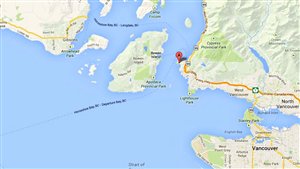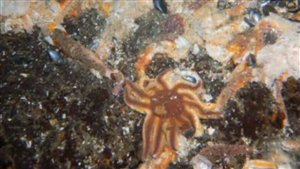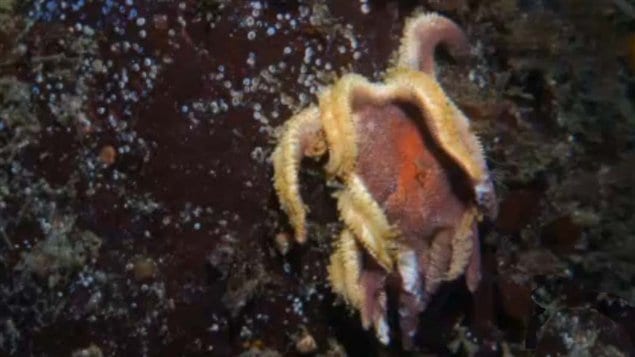A marine science consultant who was scuba diving near Canada’s major west coast port city of Vancouver made a surprising discovery recently.
Jonathan Martin found that sea-stars (starfish) which were usually found in large numbers in the waters around Whytecliffe Park, were dead or dying, and many other limbs had dropped off and were littering the sea floor.
Sea stars in nearby Howe Sound and Vancouver harbour have all but disappeared, disintegrating on the ocean floor.

Vancouver Aquarium staff said they are uncertain how far-reaching the epidemic has been. “They’re gone. It’s amazing,” said Donna Gibbs, a research diver and taxonomist on the aquarium’s Howe Sound Research and Conservation group. “Whatever hit them, it was like wildfire and just wiped them out.”
The cause of the epidemic remains a mystery. Specimens gathered for testing which looked healthy in the ocean, turned up as goo at the lab.
So far there is no firm explanation for the mass die-off, but there are a few theories.
Martin thinks a population boom might be a factor with increased competition for food and increased risk of epidemic among a crowded population.

Christopher Mah, research collaborator with the Smithsonian Museum of Natural History wrote in his blog that it might be a case of starfish wasting disease.
In July, US researchers reported similar die-offs along the US east coast. They were alerted when a research student collected starfish for a project but then saw them “melt” in her tank.
Other die-offs have been noted in Florida and California
University of British Columbia Zoologist Chris Harley said he believes the weather might be to blame. “You can see a little bit of shimmer in the water. We get that when salty water mixes with fresh water. So if a lot of rain has just fallen… that’ll mix in with the sea water,” he said.”The sea stars are really, really bad dealing with fresh water.”
Samples of the starfish have also been sent to Fisheries and Oceans Canada for testing.
Video by Jonathan Martin







For reasons beyond our control, and for an undetermined period of time, our comment section is now closed. However, our social networks remain open to your contributions.